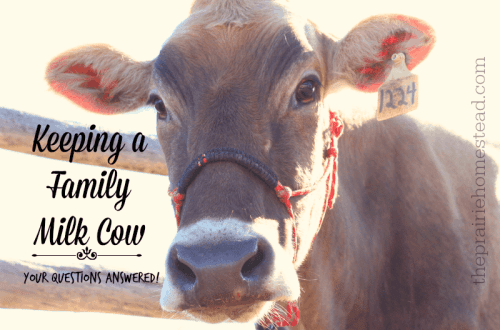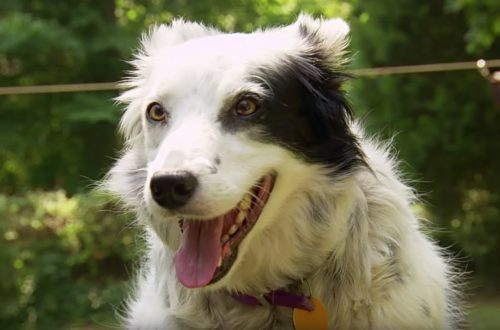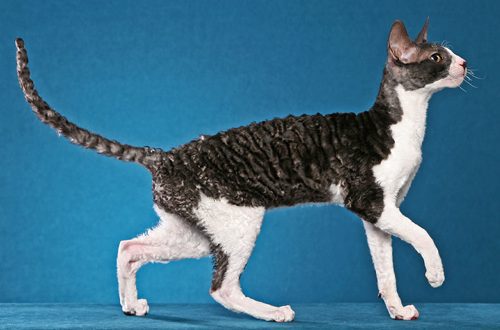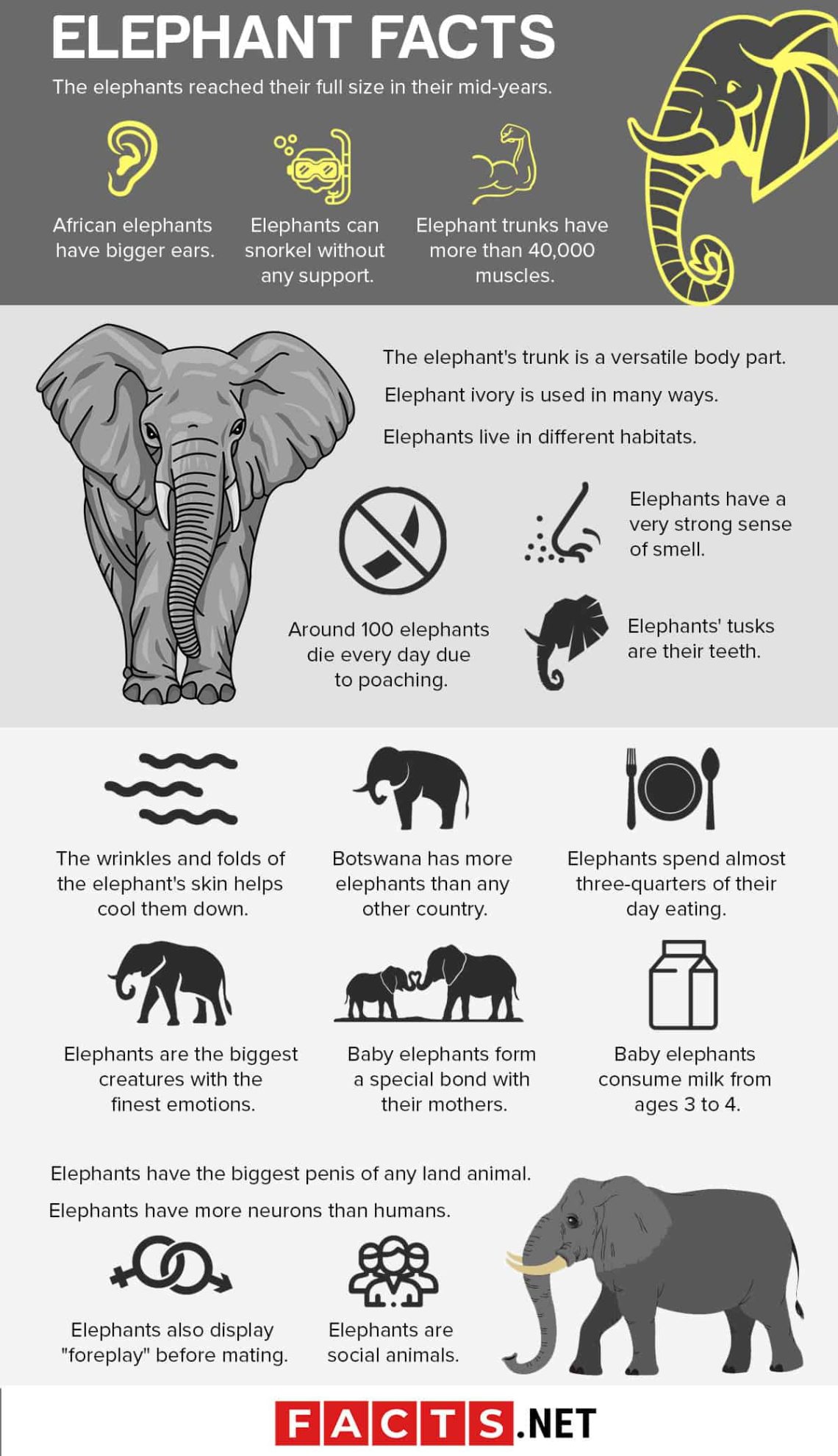
10 interesting facts about elephants – the largest animals on land
Elephants are found in Asia and Africa. They have an interesting organ – a trunk. At the end are the nostrils, they are the organ of smell of the elephant. With the help of a trunk, he collects small objects from the ground or picks fruits hanging high on trees.
If the elephant wants to get drunk, then he draws water into it, and then pours it into his mouth. When it gets especially hot, he arranges a shower for himself, dousing his body with a trunk. Elephants love taking mud showers. This helps them protect themselves from pesky parasites. They douse themselves with liquid mud, and the dried crust protects them from insects.
Elephants are able and love to swim, adore water. They often gather near water bodies, take a bath there, or swim across them, exposing their trunk above the water surface. Books can be written about these animals.
If you are interested in the features of their life, read 10 interesting facts about elephants, you will surely learn something new for yourself.
Contents
- 10 Do not live alone, only in herds
- 9. inherent self-awareness
- 8. The trunk holds up to eight liters of water
- 7. Of the 40 existing species, 3 remained
- 6. The African Elephant is the largest land mammal
- 5. Prefer to sleep standing up
- 4. Excellent swimmers
- 3. They lack sebaceous glands
- 2. Teeth are replaced 6 times in a lifetime
- 1. The average length of the tusks is gradually decreasing
10 Do not live alone, only in herds
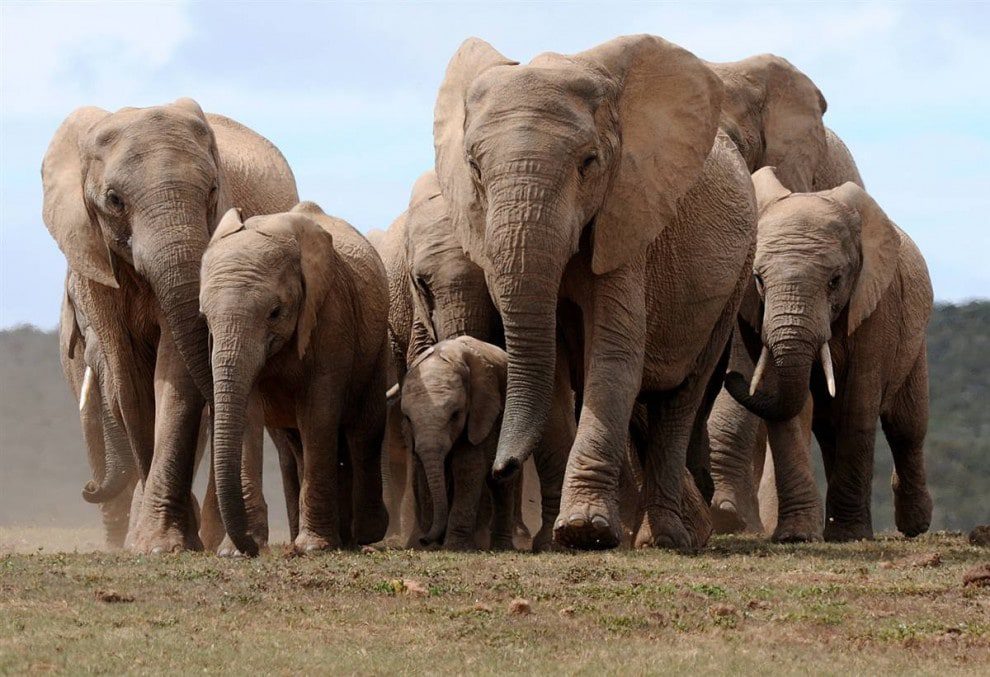 Elephants prefer to live in small herds of up to ten to fifteen individuals.. This is the most cohesive society when it comes to animals. They all take care of the cubs together and constantly take care of others. If one of the elephants has been injured and cannot move, other elephants can bring him food and water.
Elephants prefer to live in small herds of up to ten to fifteen individuals.. This is the most cohesive society when it comes to animals. They all take care of the cubs together and constantly take care of others. If one of the elephants has been injured and cannot move, other elephants can bring him food and water.
These animals have their own burial ritual. When a member of the herd falls ill, he is supported, if necessary, to get up, fed and watered. If he still dies, the whole herd falls silent. Elephants dig a small grave and throw branches and dirt on the deceased. Near this grave they stay for a while, and then go to another place.
Elephants communicate using sounds and footsteps. People often cannot perceive these sounds, they are low. The most respected female becomes the leader of the herd. Kids live with their herd for about 12-14 years, then they can either stay or start their own family.
Females never leave the herd unless they are caught by humans. And the males, growing up, first live in small herds of males, and when they become mature, they prefer to survive alone. An adult male can temporarily join a herd with females if there is at least one in it ready to conceive.
9. inherent self-awareness
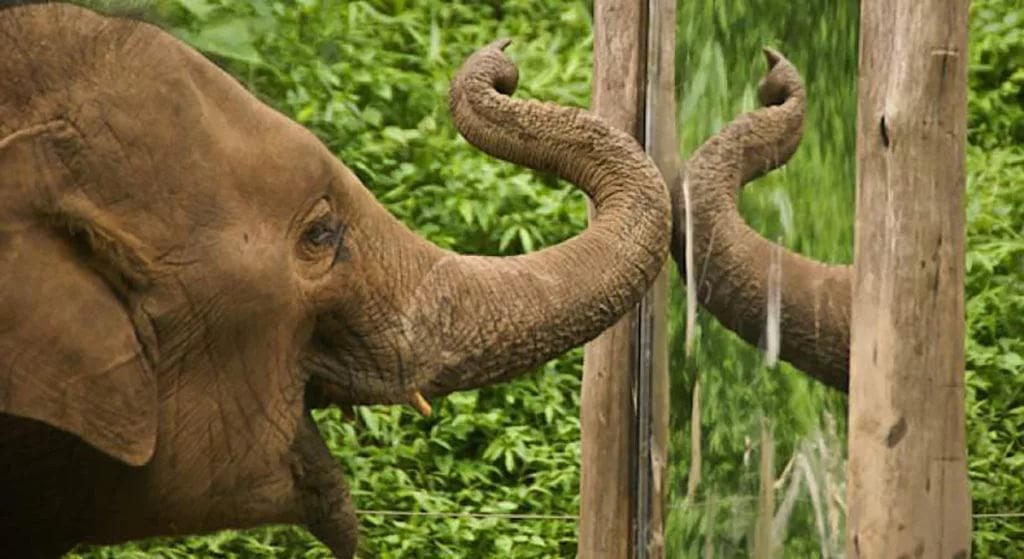 For a long time, people believed that animals had no self-awareness. But zoologists tried the mirror test. Those who look in the mirror react to their reflection as to another, or themselves, if they recognize themselves, then this proves the presence of self-consciousness.
For a long time, people believed that animals had no self-awareness. But zoologists tried the mirror test. Those who look in the mirror react to their reflection as to another, or themselves, if they recognize themselves, then this proves the presence of self-consciousness.
Scientists discover that elephants have self-awareness. There were other experiments that could confirm this. Researchers from Cambridge conducted such an experiment. The elephant was supposed to give a stick by picking it up from the mat, but it was tied to the mat with ropes.
The animal got up on this carpet and tried to pass the stick to the person, but he did not succeed. But if it got off the rug, it would be able to complete the task. And the elephants left the mat, thus showing that they could perceive their body.
8. The trunk holds up to eight liters of water
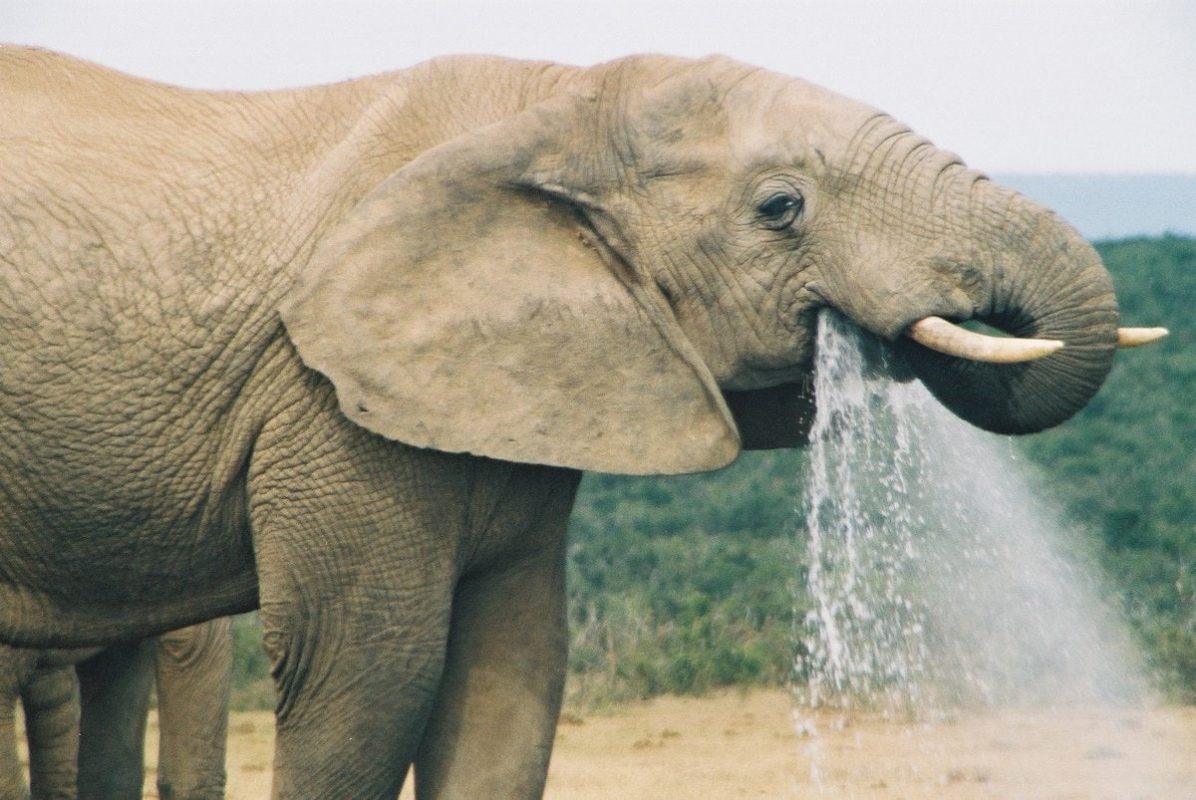 The elephant’s trunk is a special organ formed from the upper lip, which is firmly fused with the nose. It has no bones, but it has up to 500 muscles. It is divided into two channels, it is something like a nostril, and at its end there is one or two processes. They are very sensitive, with the help of them the elephant can grab and lift something.
The elephant’s trunk is a special organ formed from the upper lip, which is firmly fused with the nose. It has no bones, but it has up to 500 muscles. It is divided into two channels, it is something like a nostril, and at its end there is one or two processes. They are very sensitive, with the help of them the elephant can grab and lift something.
The trunk is the organ of smell, touch. With the help of it, elephants get their own food, communicate, express their feelings and emotions, water themselves while bathing.
With it, the elephant drinks water. First, he draws it in, and pours it into his mouth. Inside his trunk is placed up to 8 liters of liquid. And this animal needs at least 150 liters of water per day..
7. Of the 40 existing species, 3 remained
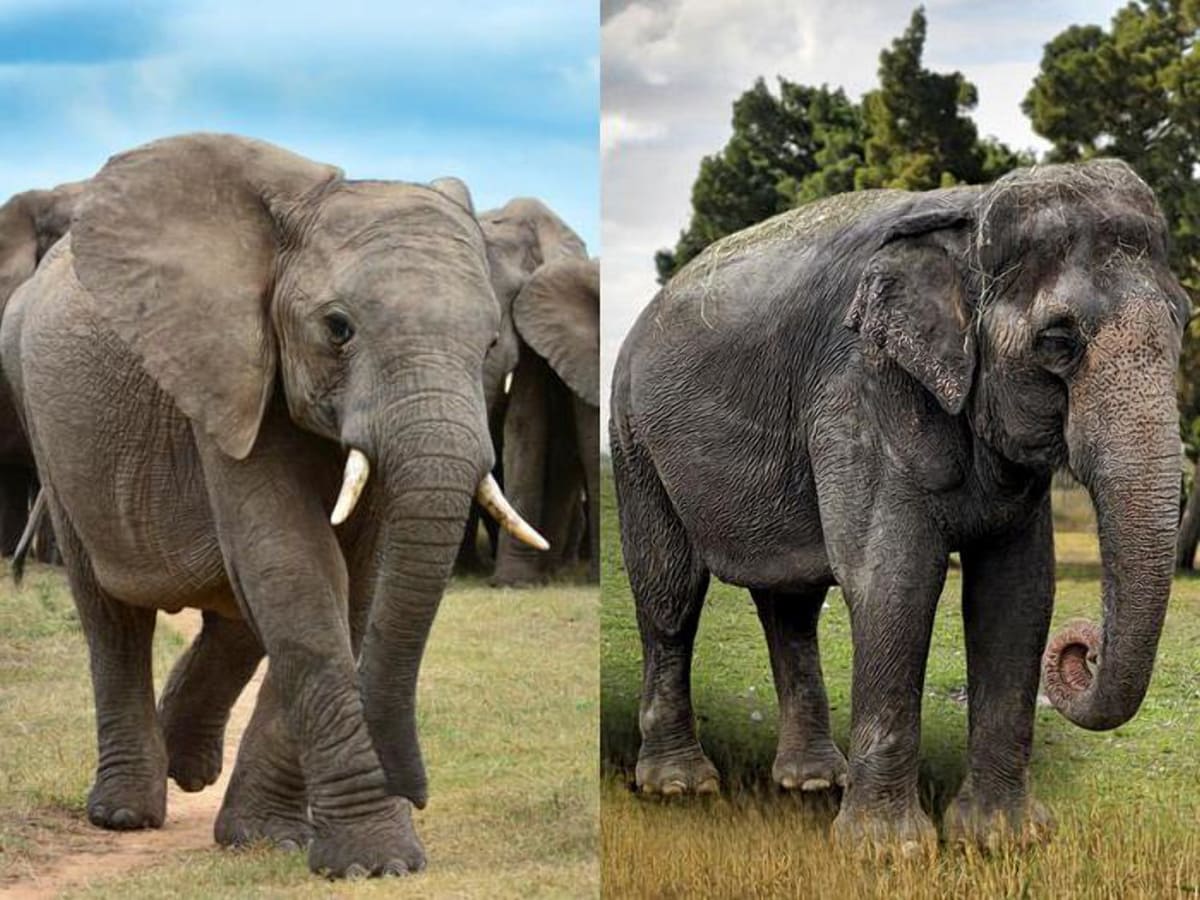 Once there were about 40 species of elephants, but now there are only 3 (before that there were 2) species in the elephant family. Extinct species include mammoths, pygmy elephants, and dinoteria. They could be found until the end of the last ice age, i.e. twelve thousand five hundred years ago.
Once there were about 40 species of elephants, but now there are only 3 (before that there were 2) species in the elephant family. Extinct species include mammoths, pygmy elephants, and dinoteria. They could be found until the end of the last ice age, i.e. twelve thousand five hundred years ago.
Three species survived to us: the African savannah elephant, the African forest elephant, and the Asian elephant.
6. The African Elephant is the largest land mammal
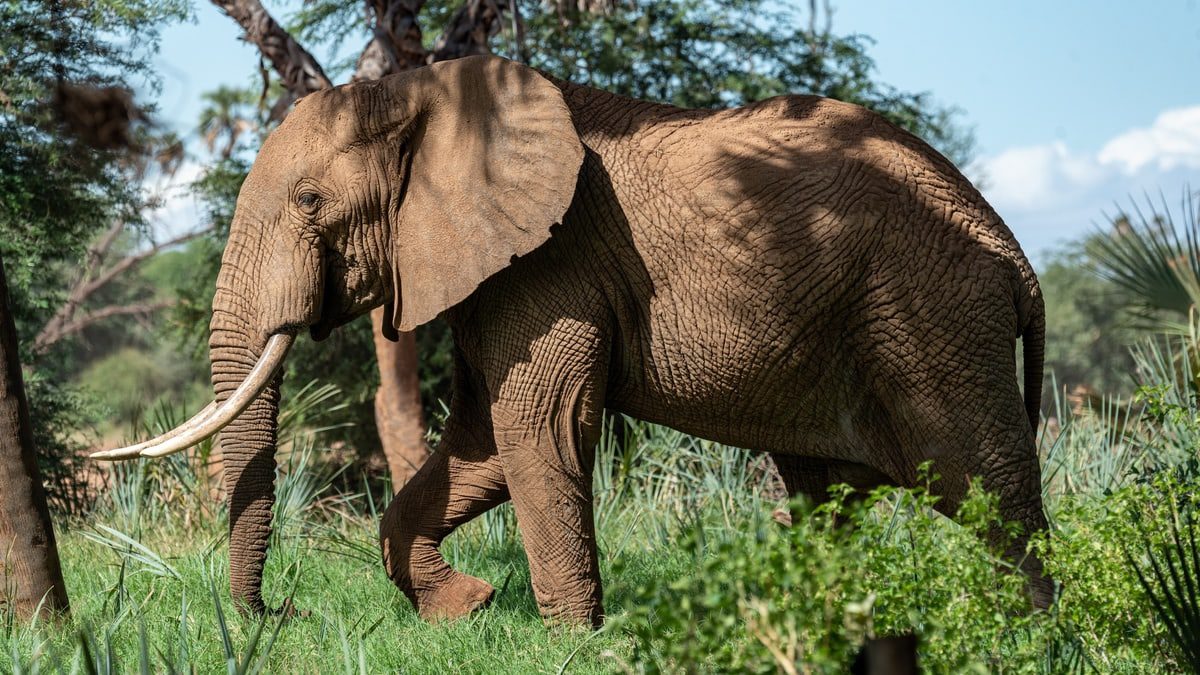 The African elephant has two types: savannah and forest. Now there are about 500-600 thousand of these species of elephants left, a quarter of them are forest. They grow up to 3-3,5 m, weight – 5 tons.
The African elephant has two types: savannah and forest. Now there are about 500-600 thousand of these species of elephants left, a quarter of them are forest. They grow up to 3-3,5 m, weight – 5 tons.
The largest elephant is Yosya, he lives in the Safari Park in Israel, he is in the city of Ramat Gan. Its size is 3 m 75 cm.
5. Prefer to sleep standing up
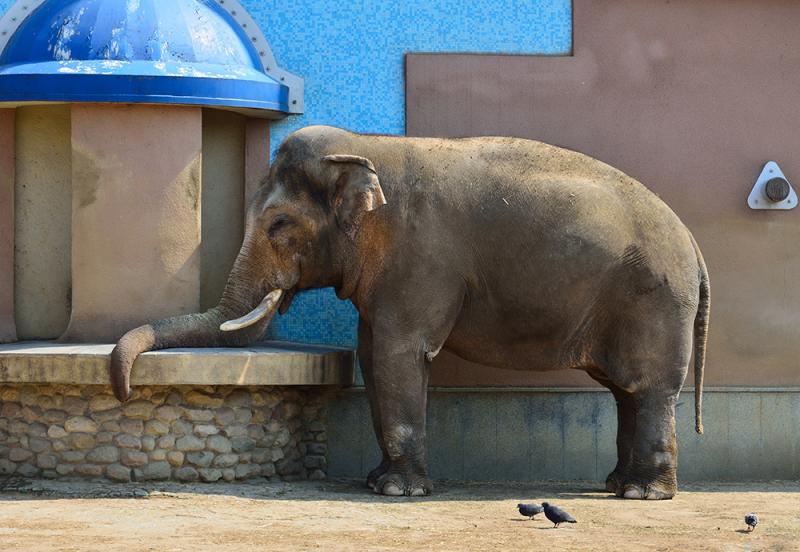 In the wild, elephants need 4 times less sleep than humans. Elephants do not like to be watched in the wild and prefer not to sleep when people are around.
In the wild, elephants need 4 times less sleep than humans. Elephants do not like to be watched in the wild and prefer not to sleep when people are around.
However, scientists were still able to figure out how these animals sleep. In nature, they sleep for about 2 hours, most often standing up. But once every 3-4 days they can be laid on the surface of the earth, but they spend no more than an hour in this position.. Researchers are sure that in this position they can enter the REM phase, and only during this period elephants are able to dream.
They can fall asleep only in peace and quiet, if people are noisy nearby or there may be predators, the herd can travel a distance of up to 30 km, refusing to sleep.
They sleep early in the morning, before the sun has risen. They huddle together and doze, leaning on each other. If it is an old elephant with big tusks, he puts them on a tree.
4. Excellent swimmers
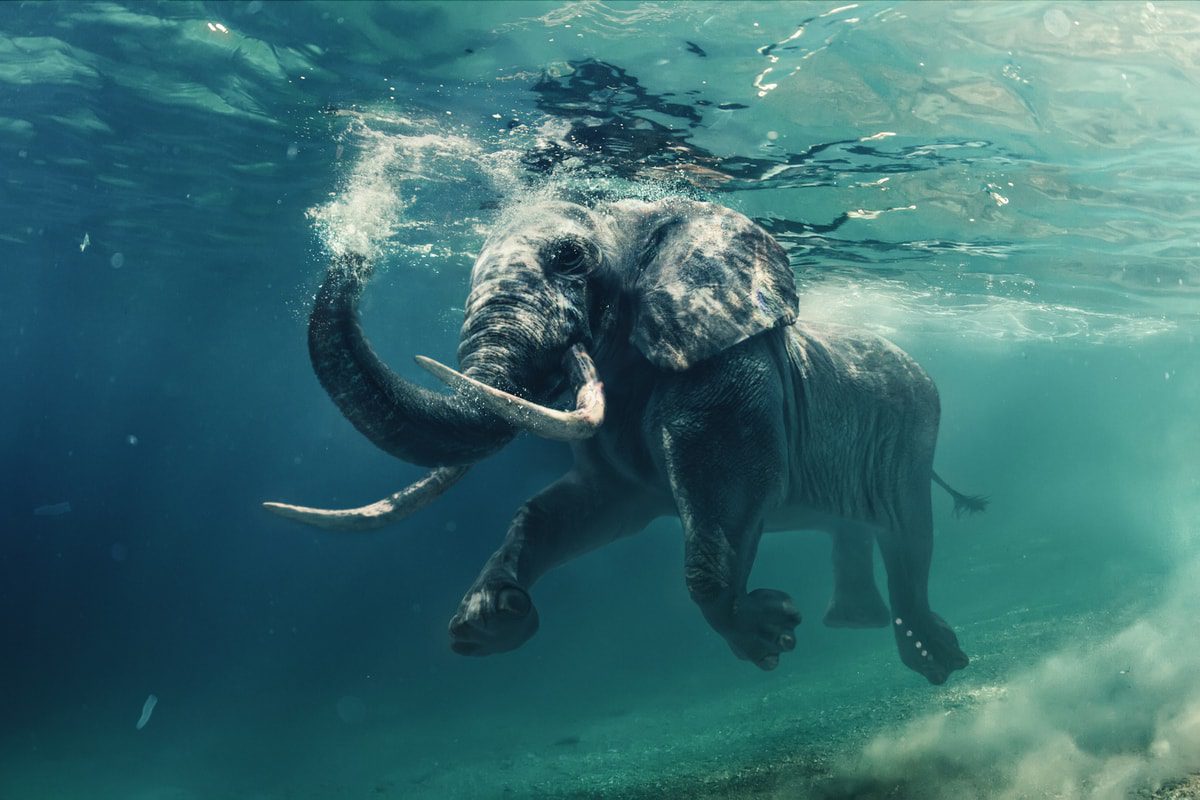 Elephants, despite their huge size, are excellent swimmers.. When an elephant crosses a body of water, his whole body, even his mouth, is completely in the water; for breathing, the trunk is used, which he raises above the water. With all 4 powerful legs, he rows under water.
Elephants, despite their huge size, are excellent swimmers.. When an elephant crosses a body of water, his whole body, even his mouth, is completely in the water; for breathing, the trunk is used, which he raises above the water. With all 4 powerful legs, he rows under water.
They can cover up to 48 km by water in about six hours. If the elephant gets tired of rowing, he can rest a little, lie down in the water. Scientists are sure that once upon a time elephants reached Sri Lanka by swimming, having swum 150 km, resting on the shallows.
3. They lack sebaceous glands
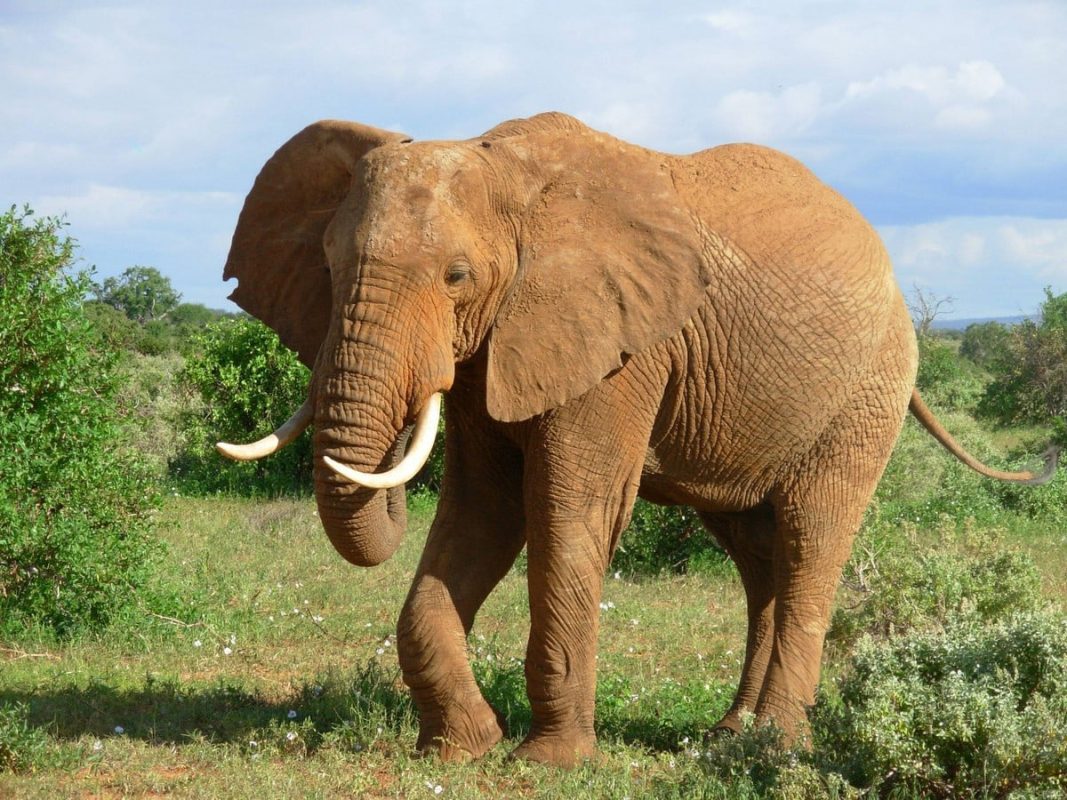 Elephants don’t sweat because they don’t sweat. they don’t have sebaceous glands. To cool off in the heat, they take mud baths. Help them and their huge ears. They have a huge network of blood vessels, they can expand in unbearable heat and lose heat.
Elephants don’t sweat because they don’t sweat. they don’t have sebaceous glands. To cool off in the heat, they take mud baths. Help them and their huge ears. They have a huge network of blood vessels, they can expand in unbearable heat and lose heat.
2. Teeth are replaced 6 times in a lifetime
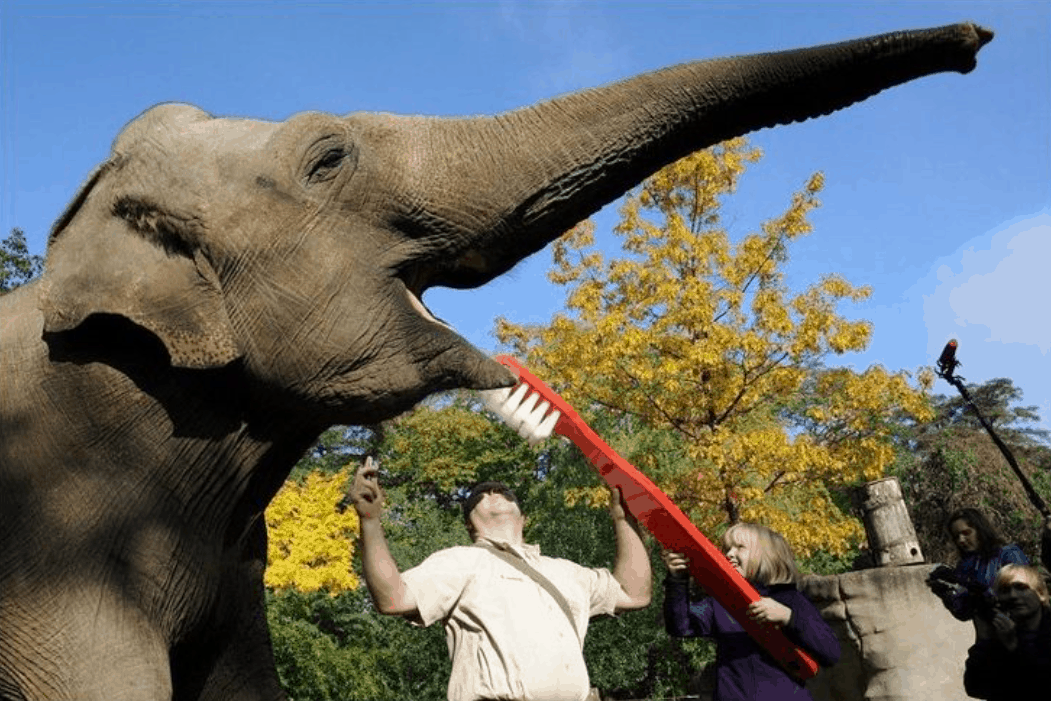 An elephant needs a huge amount of food. They need from one hundred to three hundred liters of water per day and at least 45-450 kg of food. Because of such a huge appetite, the teeth of these animals wear out a lot. But nature took care of them, and their teeth are replaced six to seven times.
An elephant needs a huge amount of food. They need from one hundred to three hundred liters of water per day and at least 45-450 kg of food. Because of such a huge appetite, the teeth of these animals wear out a lot. But nature took care of them, and their teeth are replaced six to seven times.
New teeth appear in the back of the mouth, which gradually move forward, replacing old and worn ones. If all his teeth disappear, the herd helps him to feed himself. But lonely elephants die in such a situation.
1. The average length of the tusks is gradually decreasing
 Many elephants have tusks, which they need for digging, for carrying large objects, for mating games. First, these are milk tusks, then they are replaced by real ones.
Many elephants have tusks, which they need for digging, for carrying large objects, for mating games. First, these are milk tusks, then they are replaced by real ones.
In males, they can increase up to eighteen centimeters per year. Often it is for the sake of these tusks that poachers kill elephants. They choose animals with the largest “fangs”, and individuals in which they are smaller are left.
The length of the tusks is a genetically inherited trait, so the number of elephants with huge tusks decreases, and the average size of these “tusks” itself becomes smaller..



